
Laura Bilotta
With all the digital resources available to help us meet smart, funny, cute and compatible mates, many women find themselves feeling disconnected in today’s hyper-connected society.
Laura Bilotta, founder of Single in the City and one of the GTA’s top matchmakers and dating coaches, attributes this lack of love luster to what she calls the “paradox of choice.”
Why should I limit myself to dating one man when I can date 10? Why settle for the first man who I connect with when I have access to so many?
So What Gives?
“We’re bombarded by dating apps, online dating sites and social media,” she says. “When we have so much choice, we’re almost reluctant to make a choice because we’re afraid to make the wrong choice.”
The dating game can also be downright dubious. “There are plenty of people on dating sites that are just out there to waste your time,” Bilotta explains. “They’re bored at home on a Friday night, and they want to see how many people they can talk to and what kinds of reactions they get.”
Oftentimes, though, we’re too weary from bad past experiences or unaware of the impressions we’re making that we sabotage ourselves. For example, Bilotta recently helped a young lady understand why her online dating profile wasn’t generating more interest from the opposite sex.
“First of all, she led with the tagline, ‘No games. No bullsh*t.’, and her entire bio read like, ‘This is what I want, and this is what I don’t want,” Bilotta recalls. “Most guys who read that will think, ‘Whoa, this girl’s jaded. Too much drama—I’m outta here.’”
 Learning to Spot the Spotty Profiles
Learning to Spot the Spotty Profiles
With 15 years of industry experience, Bilotta has helped 1000s of people overcome their dating shortcomings. This Valentine’s Day, Avanti Women shares Bilotta’s top tips on navigating the murky waters of the web dating pool.
- Don’t wait to be approached online. “A lot of women still have that old school mentality about waiting for men to make the first move,” she says, “but great guys don’t stay single for long, especially as you get older.”
- When sending your introductory message, mention something you read in his profile. “So often, people send messages that are empty, like simply ‘Hi’,” she explains. “Remarking on information that is shared helps to break the ice and is more conversational.”
- Avoid people with incomplete bios. “Partial bios usually indicate that a person is not serious about meeting someone,” she says. “They may also be new to online dating or just testing the waters, in which case it’s best to let them test the waters elsewhere.”
- Don’t choose someone based on a picture. “Some people just don’t photograph well,” she shares. “I’ve met several people throughout my career that may not have had the best profile pictures but looked great in person.”
- Stay away from profiles with only one or no photo. “And if they refuse to send you any photos, chances are they might be a scammer or not who they say they are,” she advises.
- Avoid anyone who brings up sex right away. “It’s clear that’s what they’re looking for,” she warns.
- Limit your messages to two or three before suggesting to meet. “You’re just wasting your time sending messages back and forth for weeks,” she says. “Get on it, if you’re serious about meeting someone.”
- Move on from someone who refuses to meet in a timely fashion, keeps cancelling plans, or doesn’t keep his word—for example, “he says he’ll call or text you but doesn’t,” she illustrates. “Don’t waste time with people who are just wasting your time.”
Courting Counsel
“If you understand the red flags, online dating won’t be as exhausting,” Bilotta reassures.
Stay in the know on the evolution of dating, sex, love, relationships and everything in between by tuning in to Bilotta’s Dating & Relationship Radio Show on Sundays at 9 p.m. on AM640 and checking out her book, Single in the City: From Hookups to Heartbreaks to Love & Lifemates, Tales & Tips to Attract Your Perfect Match.
This post originally appeared in the February 14 Avanti Women blog. Avanti Women empowers women to develop themselves professionally and personally so they can move forward in their careers and lives. As a volunteer on the communications committee, I contribute content of relevance to the membership monthly.
Happy Valentine’s Day! 😉


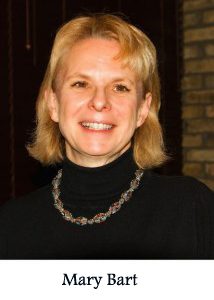 In her mid 40s, Mary Bart became the primary caregiver for her mother, with Alzheimer’s, and father, with cancer. For 10 years, often seven days a week, Mary drove 40 minutes south to her parents’ home where she did “all the things that daughters do,” she explained.
In her mid 40s, Mary Bart became the primary caregiver for her mother, with Alzheimer’s, and father, with cancer. For 10 years, often seven days a week, Mary drove 40 minutes south to her parents’ home where she did “all the things that daughters do,” she explained. Like any purposeful pioneer, Mary identified a need in the current market and sought to fill it with her expertise. In 2008, coupling her 18-year professional technology background with a recent decade of personal, hands-on caregiving experience, she founded
Like any purposeful pioneer, Mary identified a need in the current market and sought to fill it with her expertise. In 2008, coupling her 18-year professional technology background with a recent decade of personal, hands-on caregiving experience, she founded 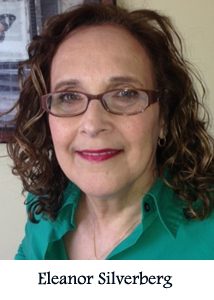 Eleanor Silverberg, owner and director of
Eleanor Silverberg, owner and director of  Canada’s aging population is growing and fuelling caregiving needs across the country. By 2030,
Canada’s aging population is growing and fuelling caregiving needs across the country. By 2030, 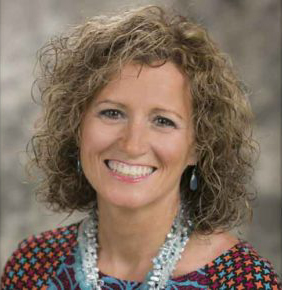
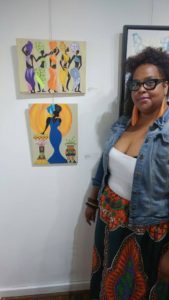
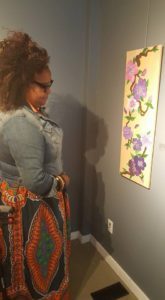 Little did she know her salvation would be found in the art class of Runnymede Rehab Centre. Encouraged to paint inside the lines of sketched images, she discovered an escape from her pain when focusing her energy on creating works of beauty. After institutional care, she continued to hone her skills at home, sketching butterflies—“a symbol of renewed life,” she explains—and gradually working her way to visually expressing conceptualized images.
Little did she know her salvation would be found in the art class of Runnymede Rehab Centre. Encouraged to paint inside the lines of sketched images, she discovered an escape from her pain when focusing her energy on creating works of beauty. After institutional care, she continued to hone her skills at home, sketching butterflies—“a symbol of renewed life,” she explains—and gradually working her way to visually expressing conceptualized images.

